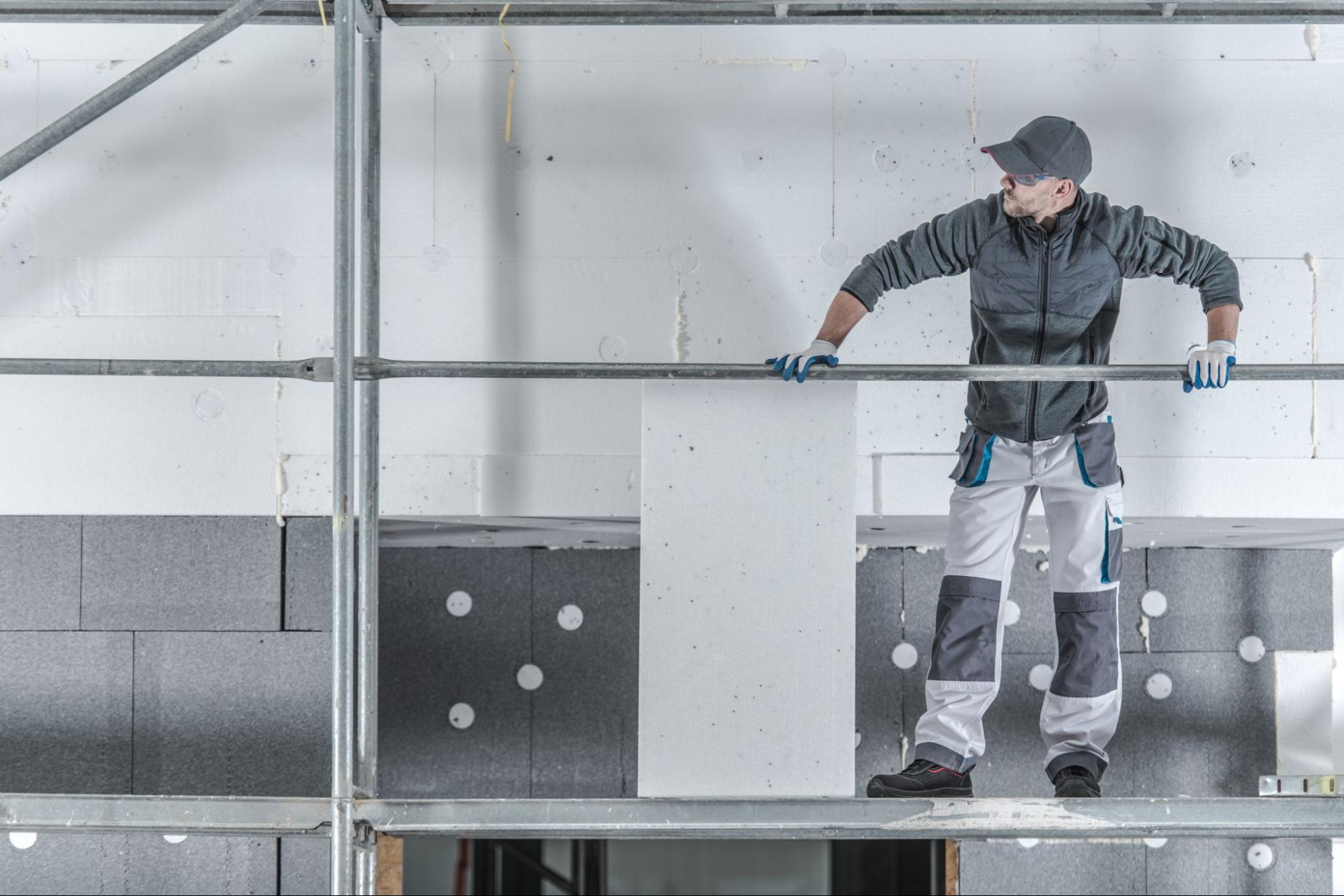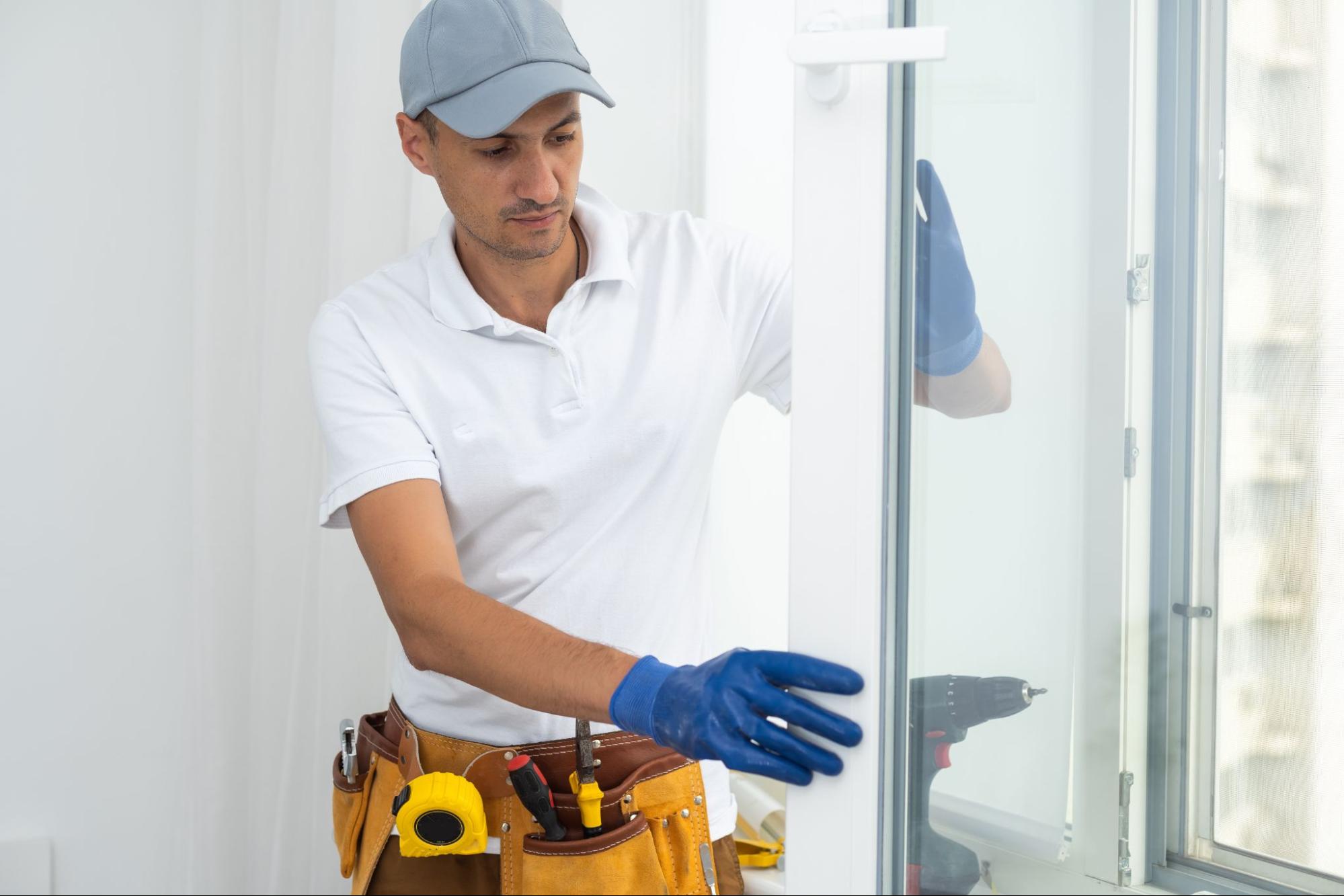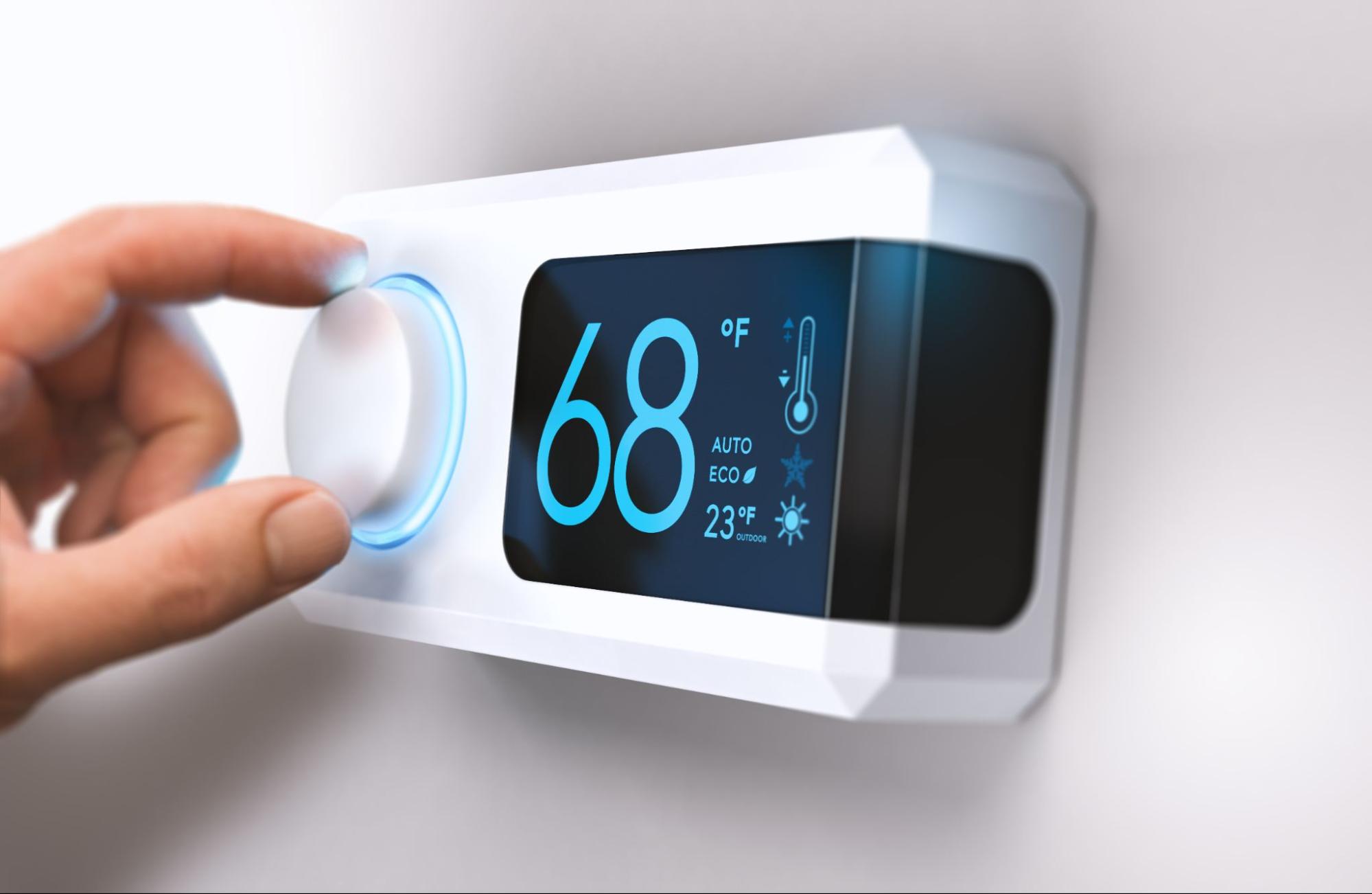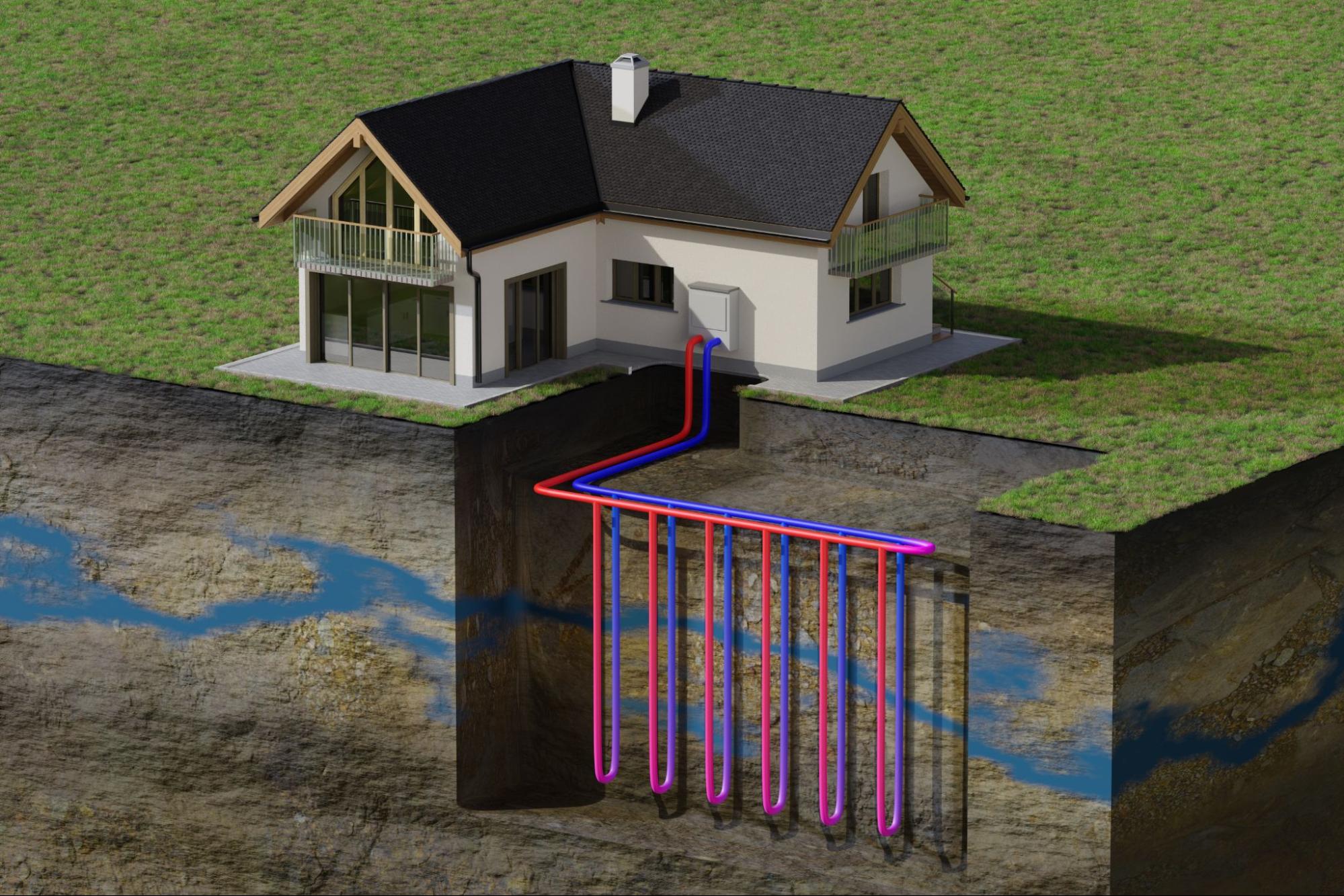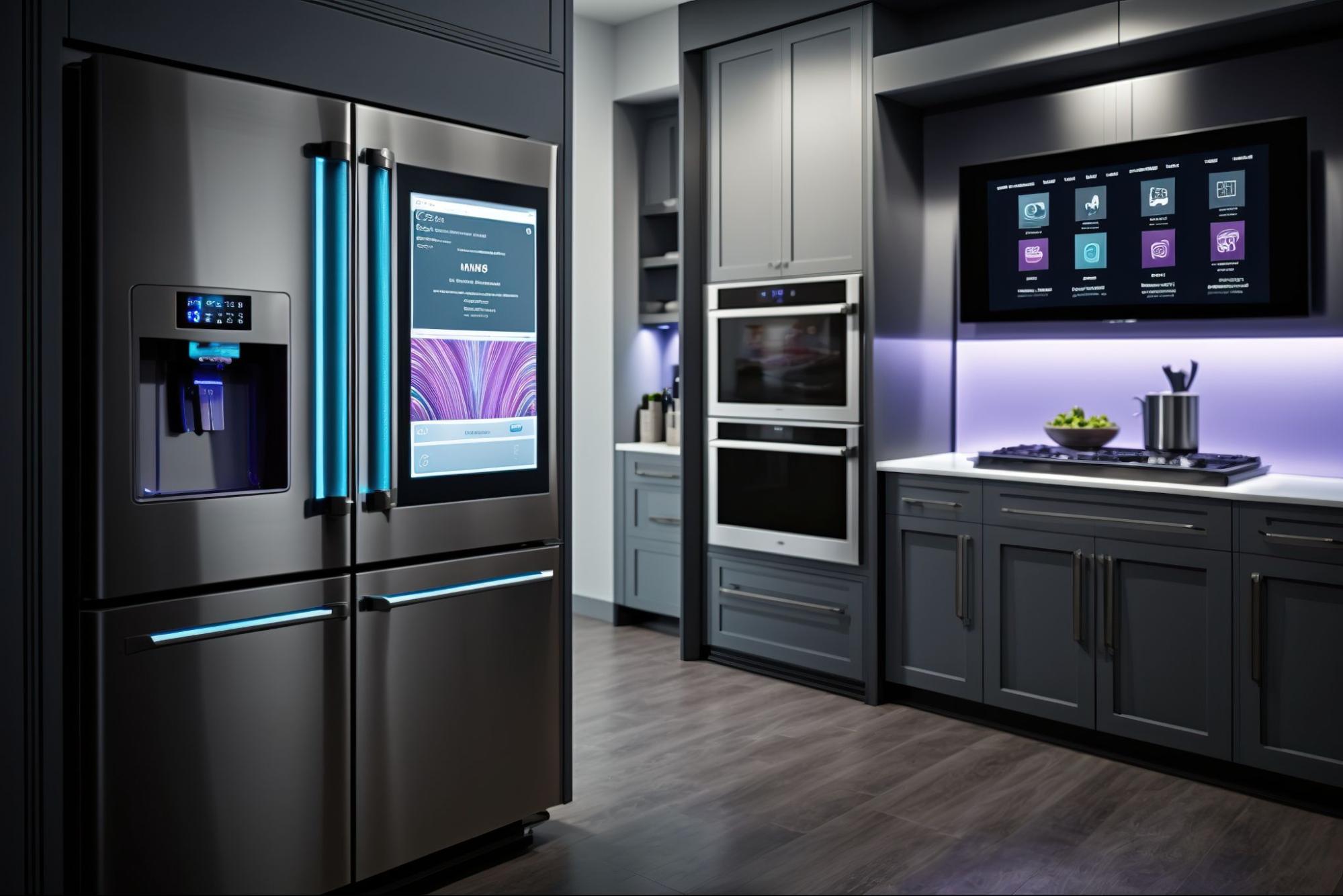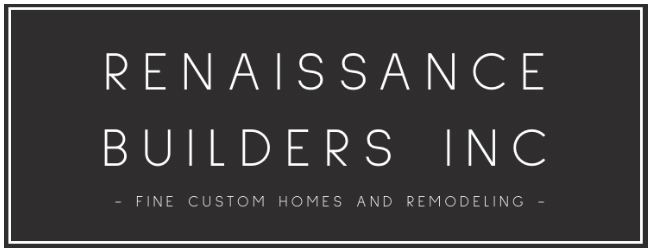Minnesota, known for its breathtaking landscapes and frigid winters, is a state that truly experiences all four seasons. While the picturesque snowfall may charm residents and visitors alike, it also brings the challenge of keeping homes warm and comfortable during the long winter months. However, as our world grapples with climate change and environmental concerns, it’s imperative for homeowners in Minnesota to embrace sustainability and adopt energy-efficient techniques to reduce their carbon footprint while maintaining cozy interiors.
In this blog, we’ll explore some innovative ways to make Minnesota’s winter homes more energy-efficient and eco-friendly.
Effective Insulation
Creating an energy-efficient home in Minnesota requires careful consideration of various factors, but one of the most critical aspects is undoubtedly proper insulation. Adequate insulation plays a pivotal role in maintaining a comfortable indoor environment while minimizing energy consumption and associated costs.
Minnesota experiences harsh winters with frigid temperatures, often dropping well below freezing, and summers with hot and humid conditions. These extreme temperature fluctuations can lead to substantial energy loss if your home lacks effective insulation. Proper insulation serves as a barrier, preventing the transfer of heat between the inside and outside, making your home more comfortable year-round.
In the depths of winter, Minnesota residents rely heavily on heating systems to maintain a comfortable indoor temperature. Without adequate insulation, much of the heat generated by your heating system can escape through walls, ceilings, and floors. High-quality insulation helps to retain this warmth, reducing the need for constant heating and ultimately cutting down on energy bills.
Heat loss can account for a significant portion of your energy expenses. Insulating walls, attics, and crawl spaces properly can dramatically reduce this heat loss. Spray foam, cellulose, and fiberglass insulation are popular choices for homeowners, as they provide excellent thermal resistance and are effective at sealing gaps and cracks.
While investing in high-quality insulation may initially incur some costs, it’s a wise long-term investment. The reduced energy consumption and lower utility bills can lead to substantial savings over the life of your home. Additionally, well-maintained insulation can last for decades, providing consistent energy savings.
Proper insulation is fundamental to creating an energy-efficient and comfortable home in Minnesota. It serves as a protective barrier against the state’s extreme climate conditions, reduces energy consumption, lowers utility bills, and contributes to a more sustainable and environmentally friendly living space. Investing in high-quality insulation materials and professional installation is a highly prudent step toward creating a cozy, energy-efficient sanctuary in the Land of 10,000 Lakes.
Energy-Efficient Windows and Doors
Old and drafty windows and doors can be a major source of heat loss during the winters in Minnesota. When outside temperatures are extreme, these openings allow heat to escape in the winter. Energy-efficient windows and doors are specifically designed to minimize this transfer of heat.
When shopping for energy-efficient windows and doors, it’s crucial to look for products with high Energy Star ratings. The Energy Star label indicates that the product meets or exceeds stringent energy performance standards set by the U.S. Environmental Protection Agency (EPA). These products are tested and certified to be energy-efficient, helping you save money on heating and cooling costs.
One of the key features of energy-efficient windows is double or triple glazing. Traditional single-pane windows are less effective at insulating your home. In contrast, double-glazed windows have two layers of glass with sealed space between them, and triple-glazed windows have three. This design reduces heat transfer, making it more difficult for outdoor temperature to influence indoor comfort.
Proper installation is key to maximizing the energy efficiency of your windows and doors. This includes the application of weather stripping and caulking around the frames to seal any gaps and leaks. Well-maintained weather stripping and caulking ensure that your windows and doors are airtight, preventing drafts, and heat loss.
While the upfront cost of energy-efficient windows and doors may be higher than that of traditional options, they offer long-term savings. Lower energy bills, reduced maintenance costs, and potential tax incentives or rebates can offset the initial investment over time.
Upgrading to energy-efficient windows and doors can also increase the overall value of your home. Potential buyers often see these upgrades as attractive features, as they represent ongoing energy savings and improved comfort.
Replacing old and drafty windows and doors with energy-efficient alternatives is a smart investment in your home’s comfort, energy efficiency, and value. These upgrades not only reduce energy consumption and lower utility bills but also contribute to a more eco-friendly and comfortable living space. Moreover, the peace of mind that comes with knowing your home is well-insulated and protected from drafts is priceless.
Programmable Thermostat
The extreme cold of Minnesota winters necessitates effective temperature management to stay comfortable indoors. A programmable thermostat enables homeowners to create customized heating schedules that align with their daily routines. You can program it to automatically lower the temperature while you’re away at work or asleep and raise it when you’re at home. This ensures that you’re only heating your home when it’s necessary, reducing energy waste and lowering heating bills.
Programmable thermostats are designed to maximize energy efficiency. By maintaining a lower temperature during periods of inactivity or absence, you can significantly reduce the amount of energy your heating system consumes. Even a few degree adjustments can lead to noticeable energy savings over time, contributing to a more eco-friendly and cost-effective home.
Beyond energy savings, programmable thermostats offer the convenience of customized comfort. You can fine-tune your home’s temperature to match your preferences, ensuring that it’s warm and cozy when you’re there and efficiently conserving energy when you’re not. Some thermostats even allow for zoning, enabling you to control different areas or rooms of your home independently.
Many modern programmable thermostats come equipped with smartphone apps or online platforms that enable remote access and control. This feature is particularly handy for Minnesotans who may experience unpredictable weather patterns. If you’re away from home and need to adjust the temperature settings, you can do so easily through your mobile device, ensuring that your home is comfortable upon your return without unnecessary heating costs.
By allowing your heating system to rest or operate at lower capacities during times of reduced demand, a programmable thermostat can extend the lifespan of your heating equipment. This saves money on repairs and environmental impact associated with manufacturing and disposing of HVAC equipment.
Installing a programmable thermostat in your Minnesota home is a practical and eco-conscious way to prepare for winter. It empowers you to optimize your heating system, reduce energy consumption, and enjoy personalized comfort while also contributing to long-term cost savings and environmental sustainability. As winter approaches, taking advantage of this technology is a proactive step toward a more efficient and comfortable living space.
Solar Panels
Solar panels are a sustainable way to harness the power from the sun, even during Minnesota’s cold winters. The installation of solar panels represents a forward-thinking and environmentally conscious approach to energy generation and cost savings. Solar panels utilize the abundant and renewable energy source of the sun to generate electricity. This is especially important in Minnesota’s cold winters when traditional energy consumption for heating can be high. Solar panels provide a sustainable and environmentally friendly alternative to fossil fuels, reducing your carbon footprint and contributing to a greener future.
While it’s true that solar energy production can lower during the shorter and often cloudy days of winter in Minnesota, solar panels continue to generate electricity even in cold conditions. Snow on solar panels can be an issue, but most modern solar panel systems are designed to shed snow and resume generating power efficiently. With proper orientation and tilt, you can maximize solar energy production even during winter.
Solar panels can significantly reduce your dependence on grid electricity, resulting in lower energy bills throughout the year. In the winter, when heating costs tend to rise, your solar panel system can offset some of those expenses. By generating your own electricity, you become less vulnerable to fluctuating energy prices and can achieve greater energy independence.
Many utility companies in Minnesota offer net metering programs, which allow homeowners with solar panels to sell excess electricity back to the grid. During the sunny days of winter when your solar panels produce more energy than you need, this excess energy can be credited to your account, further reducing your overall energy costs.
To encourage the adoption of solar energy, both the federal and state government often provide incentives, tax credits, and rebates to offset the cost of installing solar panels. These financial incentives can make the initial investment more affordable and accelerate the return on investment for homeowners.
Embracing solar energy is a proactive step in mitigating climate change and reducing air pollution. By generating clean electricity from the sun, you contribute to a reduction in greenhouse gas emissions, helping to preserve the natural beauty and environmental quality of Minnesota.
Solar panels provide a degree of energy security, as they continue to generate power during grid outages caused by winter storms or other emergencies. This can be particularly important in regions with harsh winters like Minnesota, where power outages can pose health and safety risks.
Using solar panels in your Minnesota home is a strategic and environmentally responsible way to prepare for winter and year-round energy needs. While winter energy production may be somewhat lower, the long-term benefits in terms of energy cost savings and reduced environmental impact make solar panels a compelling investment. By harnessing the power of the sun, you can take proactive steps toward a sustainable and resilient future for your home and the planet.
Geothermal Heating Systems
Geothermal heating systems take advantage of the earth’s natural thermal energy, which remains relatively constant below the frost line. In Minnesota, where winters can be bitterly cold, this consistency is particularly advantageous. These systems extract heat from the ground during the winter and release excess heat into the ground during the summer, making them versatile for year-round use.
Geothermal heat pumps are renowned for their exceptional energy efficiency. They typically provide two to four units of heating for every unit of electricity consumed, making them significantly more efficient than traditional heating systems. This high efficiency translates into substantial energy savings, especially during the peak heating season in Minnesota.
While the initial installation costs of a geothermal system can be higher than that of conventional heating systems, the long-term operating costs are considerably lower. Homeowners can expect significant reductions in heating bills, often offsetting the initial investment in a matter of years. Additionally, the maintenance requirements for geothermal systems are minimal, contributing cost savings over time.
Geothermal systems provide consistent heating performance, maintaining a comfortable indoor temperature even in the harshest winter conditions. Unlike some traditional heating methods that struggle to keep up with extreme cold, geothermal systems maintain their efficiency and reliability.
Geothermal systems are known for their durability and longevity. The ground loops, which are typically made of high-density polyethylene, can last for several decades. The indoor heat pump unit is designed for a long service life, often exceeding 20 years with proper maintenance.
Installing a geothermal heating system is a smart choice for homeowners in Minnesota looking to prepare for the challenges of winter. They offer consistent and efficient heating, reduce energy costs, lower environmental impact, and provide long-term savings. While the initial investment may be higher, the numerous benefits, including lower energy bills and reduces reliance on fossil fuels, make geothermal systems an attractive and eco-conscious option for creating a warm and comfortable home throughout the winter season.
Energy-Efficient Appliances
Upgrading to energy-efficient appliances, such as Energy Star-rated refrigerators, washing machines, and water heaters, can significantly reduce your home’s energy consumption. These appliances use less electricity or gas, contributing to both cost savings and a smaller environmental footprint.
Energy-efficient appliances with Energy Star ratings are designed to consume less electricity or gas while maintaining the same level of performance. This reduction in energy consumption is especially important in Minnesota’s winter, where heating and other energy demands can be high. By upgrading to these appliances, you can significantly lower your overall energy usage and subsequently reduce your utility bills.
The use of energy-efficient appliances contributes to a smaller environmental footprint. Reduced energy consumption means fewer greenhouse gas emissions, which aligns with Minnesota’s commitment to sustainability and environmental conservation. By making this choice, you actively participate in efforts to combat climate change and promote a greener future.
Energy-efficient appliances are not just about saving energy; they also tend to offer superior performance and functionality. For example, Energy Star-rated washing machines often have advanced features that provide better cleaning while using less water and energy. Similarly, energy-efficient water heaters can deliver hot water more consistently and efficiently.
Many energy-efficient appliances are built with high-quality components and superior engineering. This often results in increased durability and longevity, reducing the need for frequent replacements. This aspect is particularly beneficial in Minnesota, where extreme winter conditions can take a toll on household appliances. They also incorporate advanced technologies such as smart controls, programmable settings, and sensors. These features allow you to customize and optimize the performance of your appliances, ensuring they operate efficiently and align with your specific needs.
Upgrading to energy-efficient appliances in your Minnesota home is a practical and forward-thinking strategy for preparing for winter and improving your year-round energy efficiency.
Regular Maintenance
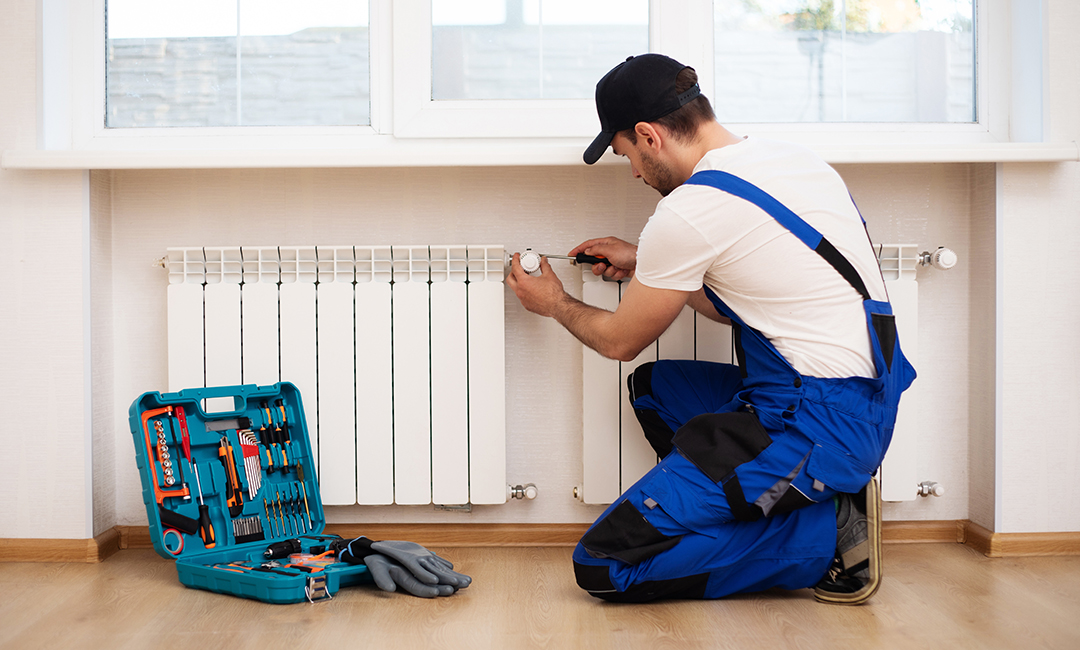
Last but not least, regular maintenance of your heating system is crucial for energy efficiency. It’s a fundamental aspect of preparing Minnesota homes for the harsh winter months. It not only ensures energy efficiency but also enhances the overall reliability and safety of your heating system.
A well-maintained heating system operates more efficiently, ensuring that it delivers the maximum amount of heat while consuming the minimum amount of energy. When components like air filters and ducts are clogged or dirty, your system has to work harder to circulate air, leading to energy waste and higher heating bills. Regular maintenance, such as changing air filters and cleaning ducts, can improve system efficiency and help you save on energy costs.
Cleaning or replacing air filters as part of your maintenance routine can significantly improve indoor air quality. Dirty filters can harbor dust, allergens, and pollutants, which can be circulated throughout your home when the heating system is running. Clean filters help ensure that the air you breathe is healthier and cleaner.
Regular maintenance can extend the lifespan of your heating system. When components are clean and well-lubricated, they experience less wear and tear, reducing the risk of breakdowns and the need for costly repairs or replacements. This longevity is essential for the longevity of your investments.
Maintenance also helps ensure that your heating system delivers consistent and reliable performance during the winter. You won’t have to worry about unexpected breakdowns or periods of inadequate heating, providing peace of mind in the midst of frigid temperatures.
Many heating systems come with warranties that require regular maintenance to remain valid. Neglecting maintenance can void these warranties, potentially leaving you responsible for repair or replacement costs that would otherwise be covered.
To conclude, adopting energy-efficient techniques for Minnesota’s winter homes is essential for both homeowners and the environment. Proper insulation, energy-efficient windows and doors, programmable thermostats, solar panels, geothermal heating systems, and energy-efficient appliances all play a vital role in reducing energy consumption and costs while promoting sustainability. Additionally, regular maintenance of heating systems is crucial for efficiency and reliability. These measures collectively contribute to lower bills, a smaller carbon footprint, and a comfortable living space, making them a responsible choice for homeowners in Minnesota’s challenging winter climate.
As the winter chill approaches, trust Renaissance Builders, your expert remodeling and custom building partner in Minnesota, to prepare your home for a season of comfort and energy efficiency. Contact us today to discuss how we can tailor your space to embrace the upcoming winter! Let’s collaborate to create a warm and inviting sanctuary for you and your loved ones.

